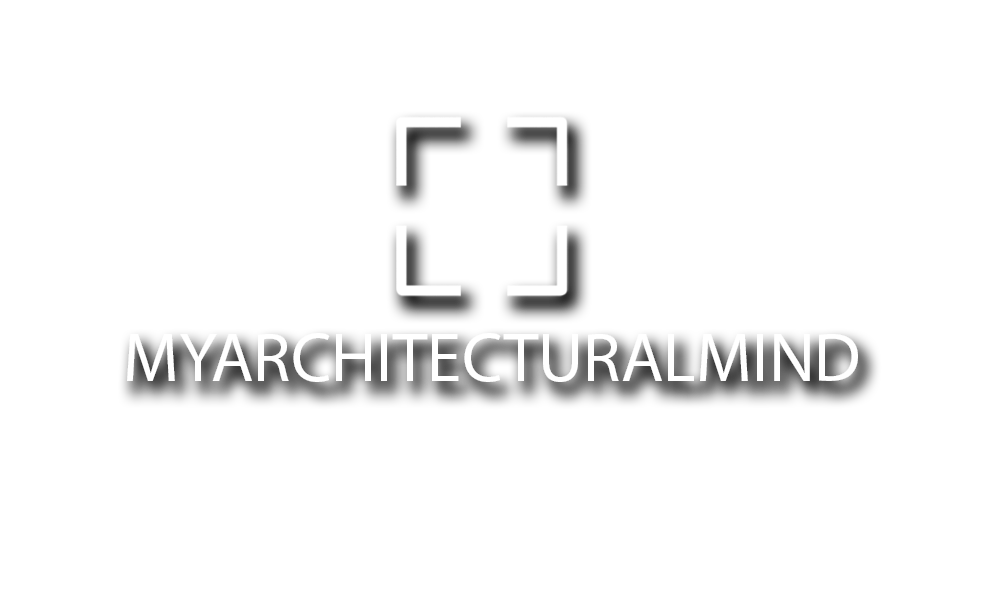Design Strategies (Time based strategies and flexible organizations), by Diego del Castillo
/Image from Infosthetics
Until modernism, time and space were conceived as static, linear, but nowadays, time and space are differentiated, subjected to interpretation and continuous revision by the user. Organizational forces act as a force field that models the space “containing” it. Thus new forms of organization that relate to our contemporary condition have to be researched.
Architects find relevance in organizational structures such as the school of fish or the swarm or the flock, which are specific forms of order but allow flexibility; this allows fast transformations within a explicit array. These different ordering systems relate to how rapid changes occur in our society, but why society has to be referred? why not use it as an organizational feature? One can surely talk about a swarm of human beings (ever been to a rock concert?). So one must question this decision to choose a system that represents our sociological condition while our society is full with examples of new forms of time based organizations. Not only society itself is interestingly enough but also the different forces that shape it are filled with interesting relations. By making a diagram of an economic analysis or a sociological one, one will undoubtedly find new and hybrid relations. Our society does not need external referentials to be analyzed. In a way this is what Jon Jerdi does, he analyses human and urban relations.
According to UN Studio, the new contemporary method of organization consists of a “seamless organization of disconnected parts”. He relies on computer methods, specially the morphing technique to produce hybrid forms that generate from diagrammatic analysis of programmatic relations. The diagram has replaced the plan as a condition that generates architecture.
“The diagram becomes the architecture. ”
The object is not relevant in itself, it has to carry in itself this analytical data. In fact one of the programs is used to generate forms according to a certain data input (literally).
The architect in this case is the researcher that recollects the data and decides which data to input. The architects (according to this philosophy) have to disengage themselves from any iconographic or subjective ideal. But then, what are the design decisions one is allowed to take, without undermining this experimental data input approach? Then with this tendency, the role of the architect is redefined, transforming us in mere investigators or data collectors. Architecture in the end is about materiality, the way it is conceived is irrelevant as the final product, that is why one must balance a subjective approach (aesthetic) with a scientific approach.
Architecture weather we like it or not is aesthetic. As designers we have to take some control over aesthetics, it is unavoidable.



